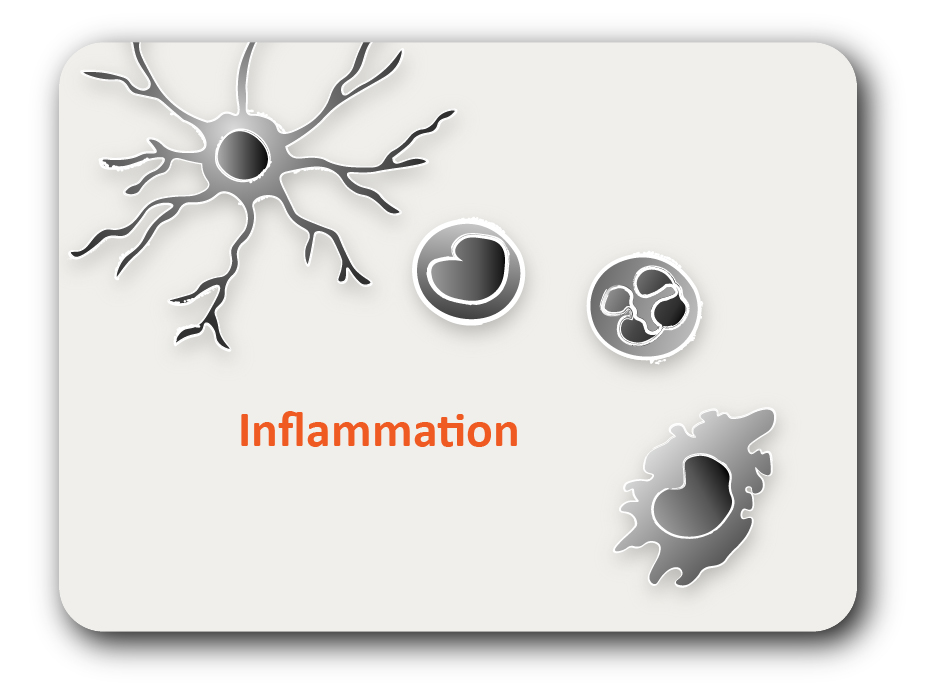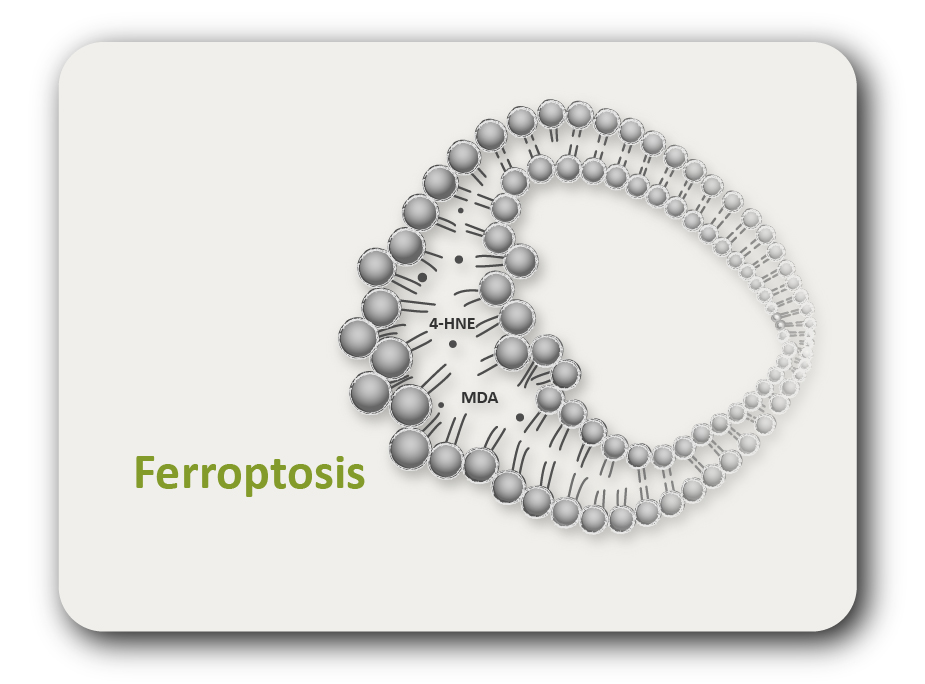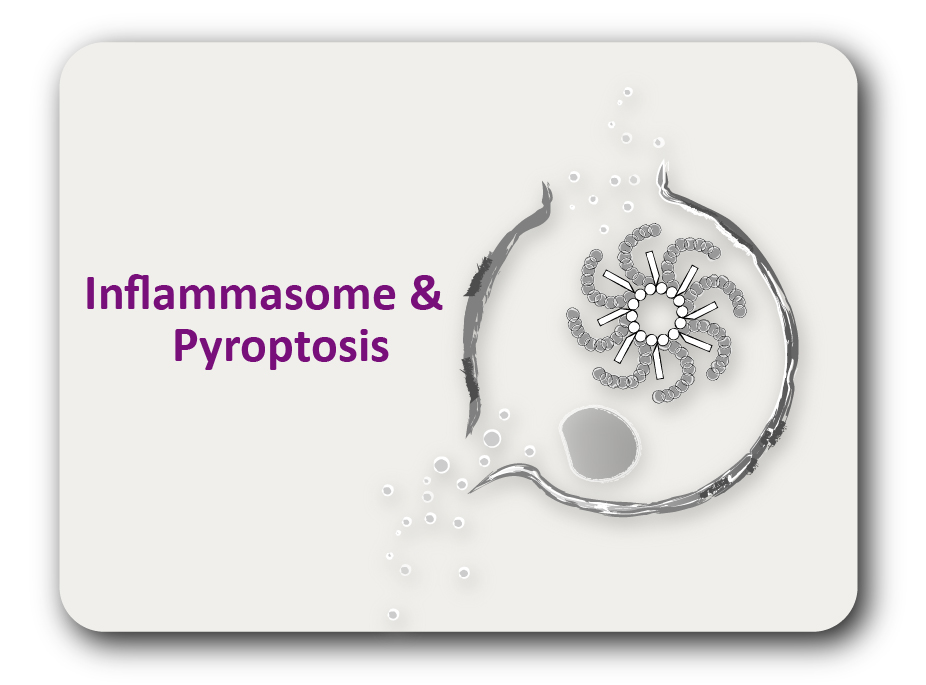ARG54450
anti-Hsp 90 alpha antibody [D7 alpha (D7a)]
anti-Hsp 90 alpha antibody [D7 alpha (D7a)] for Immunoprecipitation,Western blot and Human,Mouse,Rat,Bovine,Chicken,Pig,Rabbit
Cancer antibody; Signaling Transduction antibody
概述
| 产品描述 | Mouse Monoclonal antibody [D7 alpha (D7a)] recognizes Hsp 90 alpha |
|---|---|
| 反应物种 | Hu, Ms, Rat, Bov, Chk, Pig, Rb |
| 应用 | IP, WB |
| 特异性 | This antibody recognizes human, mouse, rat, rabbit, bovine, porcine, and chicken Hsp90α (90 kDa). |
| 宿主 | Mouse |
| 克隆 | Monoclonal |
| 克隆号 | D7 alpha (D7a) |
| 同位型 | IgG1 |
| 靶点名称 | Hsp 90 alpha |
| 抗原物种 | Chicken |
| 抗原 | Full-length Hsp90 purified from chicken brain |
| 偶联标记 | Un-conjugated |
| 別名 | EL52; Hsp90; HSPC1; Heat shock 86 kDa; LAP-2; HSP90N; LAP2; HSP90A; HSPCAL4; HSP89A; HSP86; HSP 86; HSPCA; Lipopolysaccharide-associated protein 2; HSPCAL1; LPS-associated protein 2; HSPN; Renal carcinoma antigen NY-REN-38; Heat shock protein HSP 90-alpha; Hsp89 |
应用说明
| 应用说明 | Western blot: use at 1 - 5 ug/ml. A band of ~90 kDa is detected. Immunoprecipitation: 5 ug on 20 ul Protein A - Sepharose + 100 ul sample. * The dilutions indicate recommended starting dilutions and the optimal dilutions or concentrations should be determined by the scientist. |
|---|---|
| 阳性对照 | Heat-shocked HeLa cell lysate. |
属性
| 形式 | Liquid |
|---|---|
| 纯化 | Protein G affinity chromatography |
| 缓冲液 | PBS (pH 7.4), 50% Glycerol and 0.09% Sodium azide |
| 抗菌剂 | 0.09% Sodium azide |
| 稳定剂 | 50% Glycerol |
| 存放说明 | For continuous use, store undiluted antibody at 2-8°C for up to a week. For long-term storage, aliquot and store at -20°C. Storage in frost free freezers is not recommended. Avoid repeated freeze/thaw cycles. Suggest spin the vial prior to opening. The antibody solution should be gently mixed before use. |
| 注意事项 | For laboratory research only, not for drug, diagnostic or other use. |
生物信息
| 数据库连接 | |
|---|---|
| 基因名称 | HSP90AA1 |
| 全名 | heat shock protein 90kDa alpha (cytosolic), class A member 1 |
| 背景介绍 | Hsp90 and the 94 kDa glucose-regulated protein, Grp94, are major molecular chapeones of the cytosol and endoplasmic reticulum. In mammalian cells, there are at least two Hsp90 isoforms, Hsp90α and Hsp90β, which are encoded by separate genes. All known members of the Hsp90 family are highly conserved, especially in the N-terminal and C-terminal regions. In the absence of stress, Hsp90 is an essential component of cellular processes such as hormone signaling and cell cycle control. Several regulatory proteins such as steroid receptors, cell cycle kinases and p53 have been identified as substrates of Hsp90. |
| 生物功能 | Molecular chaperone that promotes the maturation, structural maintenance and proper regulation of specific target proteins involved for instance in cell cycle control and signal transduction. Undergoes a functional cycle that is linked to its ATPase activity. This cycle probably induces conformational changes in the client proteins, thereby causing their activation. Interacts dynamically with various co-chaperones that modulate its substrate recognition, ATPase cycle and chaperone function (By similarity). [UniProt] |
| 研究领域 | Cancer antibody; Signaling Transduction antibody |
| 预测分子量 | 85 kDa |
| 翻译后修饰 | ISGylated. S-nitrosylated; negatively regulates the ATPase activity and the activation of eNOS by HSP90AA1. |
克隆号文献







